Home>Articles>How High Should A Linear Fireplace Be Off The Floor
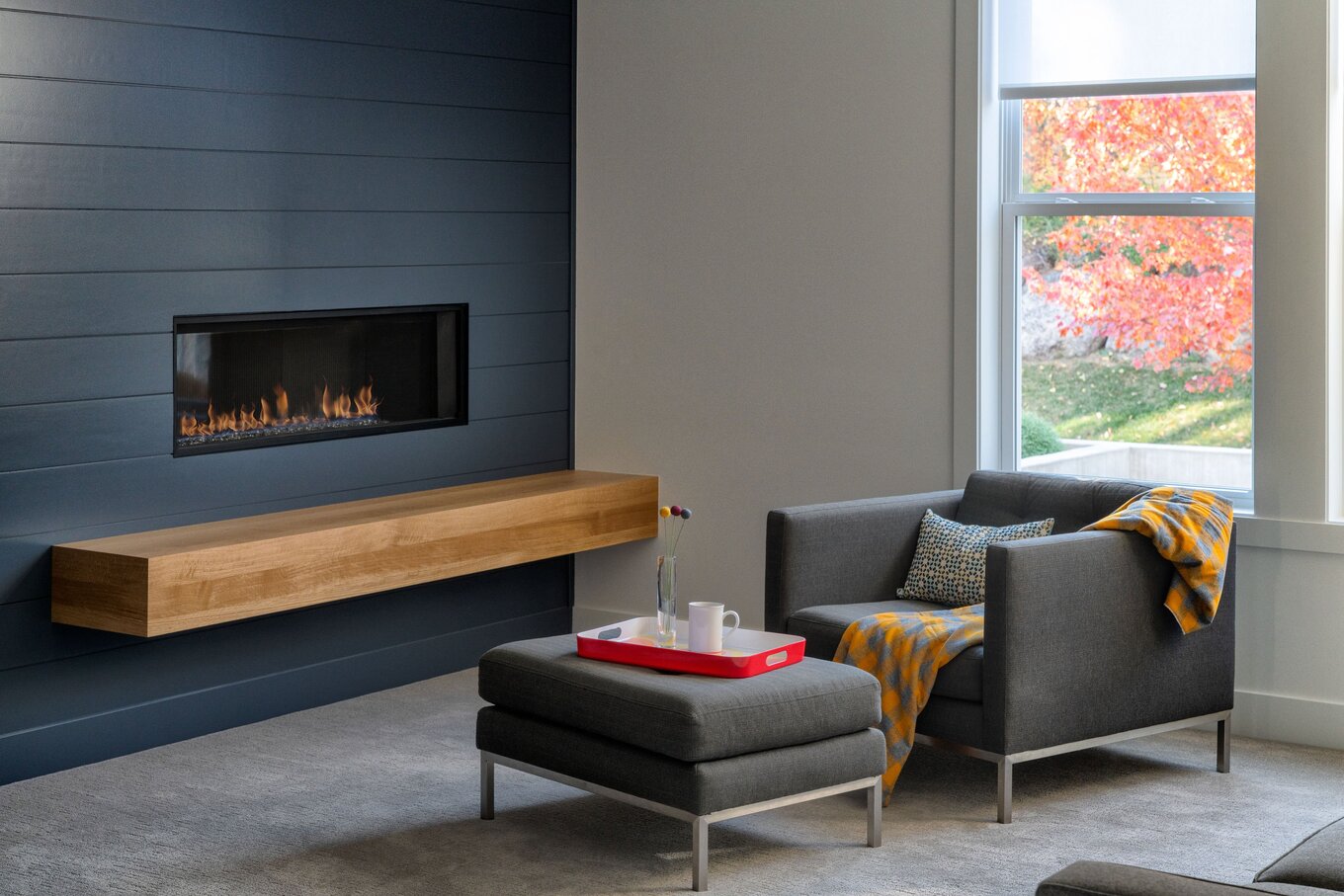

Articles
How High Should A Linear Fireplace Be Off The Floor
Modified: May 6, 2024
"Discover the ideal height for a linear fireplace above the floor with our informative articles. Achieve the perfect balance of aesthetics and safety."
(Many of the links in this article redirect to a specific reviewed product. Your purchase of these products through affiliate links helps to generate commission for Storables.com, at no extra cost. Learn more)
Introduction:
When it comes to designing the layout of your living space, one element that can greatly enhance both the aesthetics and functionality is a linear fireplace. These sleek and modern fireplaces offer a unique focal point and create a cozy ambiance in any room. However, deciding on the ideal height for your linear fireplace can be a daunting task. The positioning of the fireplace can greatly impact the overall design and functionality of the space. In this article, we will explore the factors to consider when determining the height of a linear fireplace and highlight the safety considerations and rules and regulations to keep in mind. We will also discuss the design considerations and the pros and cons of different heights, helping you make an informed decision for your home.
Key Takeaways:
- Determining the ideal height for a linear fireplace involves considering factors such as room size, seating arrangement, safety regulations, and design elements. Striking a balance between functionality and visual appeal is crucial for creating an inviting and safe fireplace in your space.
- Safety considerations, rules and regulations, and the pros and cons of different heights play a significant role in deciding the optimal height for a linear fireplace. Consulting with professionals and carefully evaluating these factors will ensure a visually appealing and safe fireplace experience for you and your loved ones.
Ideal Height for a Linear Fireplace:
When determining the ideal height for a linear fireplace, there are a few factors to consider. The first consideration is the line of sight. You want the fireplace to be positioned at a height that allows for comfortable viewing from various seating areas in the room. The height should be such that it provides a clear and unobstructed view of the flames and creates an inviting focal point.
Another factor to consider is the overall layout and design of the room. The fireplace should be at a height that complements the surrounding elements, such as furniture, artwork, and architectural features. It should integrate seamlessly into the space and enhance the overall aesthetic appeal.
In terms of functionality, the height of the fireplace should also be considered in relation to other elements in the room. For example, if you plan on installing a TV above the fireplace, the height needs to be carefully calibrated to ensure optimal viewing angles and minimize any discomfort caused by neck strain.
Additionally, the height of the fireplace should take into account the intended use of the space. If it is a seating area where people will gather to relax and socialize, a lower height may be more suitable to create an intimate and cozy atmosphere. On the other hand, if the room is more formal and used for entertaining, a higher placement may be preferred to create a sense of grandeur.
Ultimately, the ideal height for a linear fireplace will depend on personal preference and the specific characteristics of the room. It is always recommended to consult with a professional interior designer or fireplace specialist who can provide expert guidance based on your unique requirements and the layout of your space.
Factors to Consider:
When determining the height of a linear fireplace, there are several important factors to consider. These factors will help ensure that the fireplace is positioned optimally for both visual appeal and functionality.
Room Size and Ceiling Height:
The size of the room and the height of the ceiling play a significant role in determining the ideal height for a linear fireplace. In smaller rooms with lower ceilings, a lower placement of the fireplace can help create a cozy and intimate atmosphere. On the other hand, in larger rooms with higher ceilings, a higher placement of the fireplace can make a bold statement and enhance the visual impact.
Seating Arrangement:
Consider how the seating area is arranged in relation to the fireplace. The height should be adjusted to ensure a comfortable viewing angle from all seating positions. This will allow everyone in the room to enjoy the warmth and ambiance of the fire.
Architectural Features:
Take note of any architectural features in the room that may impact the placement of the fireplace. For example, if there are large windows or columns, you may need to adjust the height of the fireplace to ensure a balanced and visually pleasing arrangement.
TV Placement:
If you plan on mounting a TV above the fireplace, the height of the fireplace should be carefully considered. It is important to strike a balance between the optimal viewing angle for the TV and the aesthetic appeal of the fireplace. Consulting with a professional installer can help determine the best height for this combination.
Mantel or Surround:
If you plan on adding a mantel or surround to your linear fireplace, you will need to factor in the height of these elements. The height of the fireplace should be adjusted to allow for the addition of the mantel or surround without obstructing the view or compromising safety.
By considering these factors, you can ensure that the height of your linear fireplace is perfectly tailored to your space and enhances both the visual appeal and functionality of the room.
Safety Considerations:
When installing a linear fireplace, safety should be a top priority. Here are some important safety considerations to keep in mind when determining the height of your fireplace:
Read more: How High Should TV Be Above Fireplace
Clearance Requirements:
It is crucial to follow the manufacturer’s guidelines and local building codes regarding clearance requirements for your specific fireplace model. These requirements typically specify the minimum distance that the fireplace should be positioned from combustible materials such as walls, furniture, and flooring. Ensure that you leave enough space to prevent any potential fire hazards.
Heat Transference:
A linear fireplace can emit a significant amount of heat. So, when determining the height, consider how close it will be to other sensitive materials such as drywall or wooden surfaces. You want to ensure that the heat does not damage or create a fire hazard for these materials.
Ventilation:
Proper ventilation is essential to maintain air quality and prevent the buildup of harmful gases, such as carbon monoxide. Verify that the height of the fireplace allows for adequate airflow and functioning of the ventilation system.
Accessibility for Maintenance:
Fireplaces require regular maintenance, such as cleaning and inspection. Ensure that the height of the fireplace allows for easy access for maintenance purposes. If the fireplace is positioned too high, it may be challenging to perform necessary upkeep tasks.
Read more: How High Above Fireplace Should Mantel Be
Tempered Glass Safety:
If your linear fireplace has a glass front, consider the safety aspect of the glass. This type of glass is tempered and designed to withstand high temperatures. However, it is still essential to ensure that it is installed properly and that the height of the fireplace does not pose any risks of accidental contact or breakage.
By taking these safety considerations into account when determining the height of your linear fireplace, you can create a safe and enjoyable environment for everyone in your home.
Rules and Regulations:
Before installing a linear fireplace and determining its height, it is important to familiarize yourself with the relevant rules and regulations. These guidelines ensure that the installation is done safely and in compliance with local building codes. Here are some key rules and regulations to consider:
Building Codes:
Each jurisdiction may have its own set of building codes that govern the installation of fireplaces. These codes outline safety requirements, clearance distances, and other specifications that must be followed. It is essential to consult with local authorities or a professional contractor to understand and adhere to the specific codes in your area.
Combustible Materials:
Building codes typically specify minimum clearance distances between the fireplace and combustible materials, such as wood or fabric. These guidelines are meant to prevent potential fire hazards and ensure the safety of the occupants. When determining the height of the fireplace, make sure to account for these clearance requirements.
Read more: How High Should A Hammock Be Off The Ground
Emission Standards:
Some areas have regulations on the emission of particulate matter and other pollutants from fireplaces. Ensure that the linear fireplace you choose meets the emission standards set by your local jurisdiction. These regulations may affect the type of fireplace you can install and the required height for proper ventilation.
Electrical and Gas Regulations:
Linear fireplaces can be powered by electricity or natural gas, both of which have their own regulations. If you choose a gas fireplace, it is crucial to follow gas safety regulations and guidelines for installation, ventilation, and maintenance. For electric fireplaces, ensure compliance with electrical safety standards.
Permits and Inspections:
Depending on your local regulations, you may need to obtain permits and schedule inspections for the installation of a linear fireplace. These processes ensure that the fireplace is installed correctly and meets all safety requirements. Check with your local building department to determine the necessary permits and inspections for your specific project.
It is important to note that rules and regulations may vary depending on your location, so it is vital to do thorough research and consult professionals to ensure compliance with all applicable guidelines.
By following the rules and regulations, you can ensure that your linear fireplace is installed safely, minimizing any potential risks and ensuring the long-term enjoyment of your fireplace.
Design Considerations:
When determining the height of a linear fireplace, it is essential to consider the overall design and aesthetics of the space. The fireplace should not only serve as a functional element but also contribute to the visual appeal and harmony of the room. Here are some design considerations to take into account:
Read more: How High Should A Shed Be Off The Ground
Room Proportions:
Consider the proportions of the room when determining the height of the fireplace. A linear fireplace that is too small or too large in relation to the size of the room can disrupt the overall balance. Aim for a fireplace height that works well within the context of the room and complements other architectural features and elements.
Focal Point:
As one of the main focal points of the room, the height of the fireplace should be determined to draw attention and create visual interest. Consider eye-level placement for optimal viewing and to make the fireplace an inviting centerpiece that captures attention.
Integration with Surroundings:
The height of the fireplace should integrate harmoniously with the surrounding elements, such as furniture, architectural features, and artwork. It should create a cohesive and visually pleasing composition rather than appearing disjointed or out of place.
Style and Theme:
Take into account the style and theme of the room when determining the height of the fireplace. A linear fireplace can be sleek and modern or have a more traditional design. The height should be selected to enhance and showcase the chosen style and theme, creating a cohesive and impactful design statement.
Read more: How High Should Windows Be From The Floor
Overall Aesthetic:
Consider the overall aesthetic appeal you wish to achieve with the fireplace. A higher placement can create a sense of grandeur and elegance, while a lower placement can foster a cozy and intimate atmosphere. Think about how the fireplace height will contribute to the desired ambiance and atmosphere in the room.
By considering these design elements, you can ensure that the height of your linear fireplace enhances the overall aesthetic appeal of your space and creates a visually appealing and harmonious composition.
Pros and Cons of Different Heights:
When deciding on the height of a linear fireplace, it is important to weigh the pros and cons of different placement options. Each height has its own advantages and considerations that should be taken into account. Here are some pros and cons of different heights:
Lower Placement:
Pros:
- Creates a cozy and intimate ambiance.
- Allows for comfortable viewing from seated positions.
- Enhances the warmth and intimacy of the space.
Cons:
- May be less visually impactful in larger rooms.
- Limited space for mantels or decorations above the fireplace.
Mid-Range Placement:
Pros:
- Offers a balance between functionality and visual impact.
- Allows for flexibility in furniture placement around the fireplace.
- Provides a clear view of the flames from various seating positions.
Cons:
- May require additional clearance distances from combustible materials.
- Limited space for mounting a TV above the fireplace.
Higher Placement:
Pros:
- Makes a bold design statement and creates a focal point.
- Allows for placement of a larger TV above the fireplace.
- Creates a sense of grandeur and elegance, especially in larger rooms.
Cons:
- May require careful consideration of viewing angles and neck strain.
- Limited space for mantels or decorations below the fireplace.
- Requires proper ventilation to prevent heat damage.
Ultimately, the decision on the height of your linear fireplace will depend on your personal preferences, the size and layout of the room, and the overall aesthetic you wish to achieve. It is important to strike a balance between functionality, visual impact, and adherence to safety regulations to create an inviting and visually pleasing fireplace in your space.
Conclusion:
When determining the height of a linear fireplace, several factors need to be considered to ensure both functionality and aesthetic appeal. The ideal height will vary depending on the specific characteristics of the room, personal preferences, and compliance with safety regulations.
Considerations such as room size, seating arrangement, architectural features, and TV placement are crucial in determining the optimal height for your fireplace. It is important to keep safety in mind, including clearance requirements, heat transference, ventilation, and accessibility for maintenance.
Ensure that you are aware of the rules and regulations in your area, as building codes, emission standards, and permits may dictate the installation process and height requirements. Failure to adhere to these regulations can compromise safety and result in penalties.
Design considerations are also important in determining the height. The fireplace should contribute to the overall aesthetic appeal of the room, integrating harmoniously with the surrounding elements. Factors such as room proportions, focal points, style and theme, and the desired ambiance should be taken into account.
Finally, be aware of the pros and cons of different heights and how they may impact the functionality and visual impact of the fireplace. Lower placements offer a cozy ambience, whereas higher placements create a bolder design statement. Mid-range placements provide a balance between functionality and visual impact.
By carefully considering all these factors and consulting with professionals when necessary, you can determine the ideal height for your linear fireplace. This will result in a fireplace that not only enhances the aesthetics of your living space but also provides a safe and enjoyable experience for you and your loved ones.
Curious about more than just the proper height of your linear fireplace? If you're considering adding one to your space, understanding the nuances of fireplace installation can guide you in making informed decisions. Also, ensuring your current setup's safety is paramount for peace of mind. Delve into our articles that cover everything from installing your cozy heat source to conducting a thorough safety check.
Frequently Asked Questions about How High Should A Linear Fireplace Be Off The Floor
Was this page helpful?
At Storables.com, we guarantee accurate and reliable information. Our content, validated by Expert Board Contributors, is crafted following stringent Editorial Policies. We're committed to providing you with well-researched, expert-backed insights for all your informational needs.
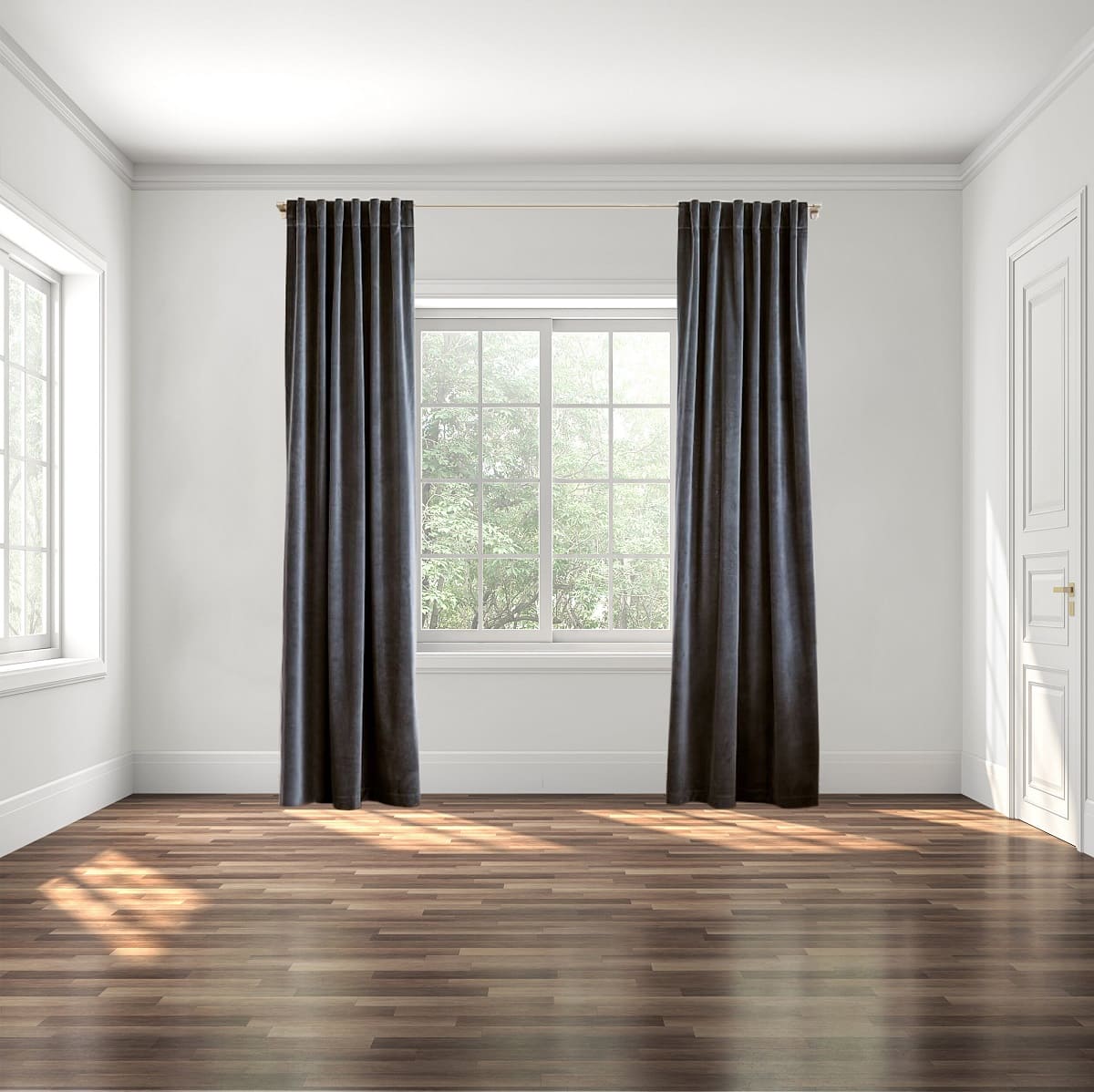
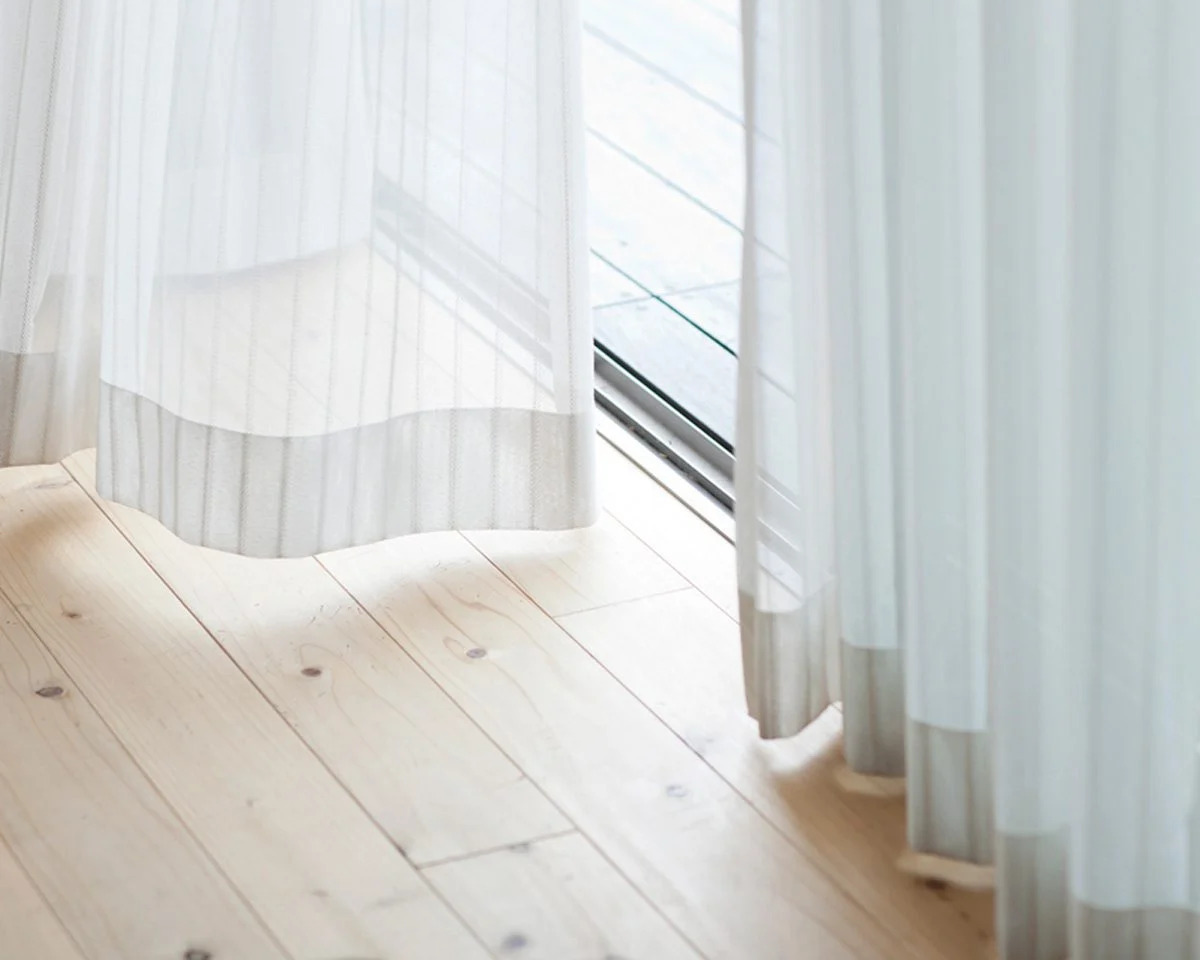
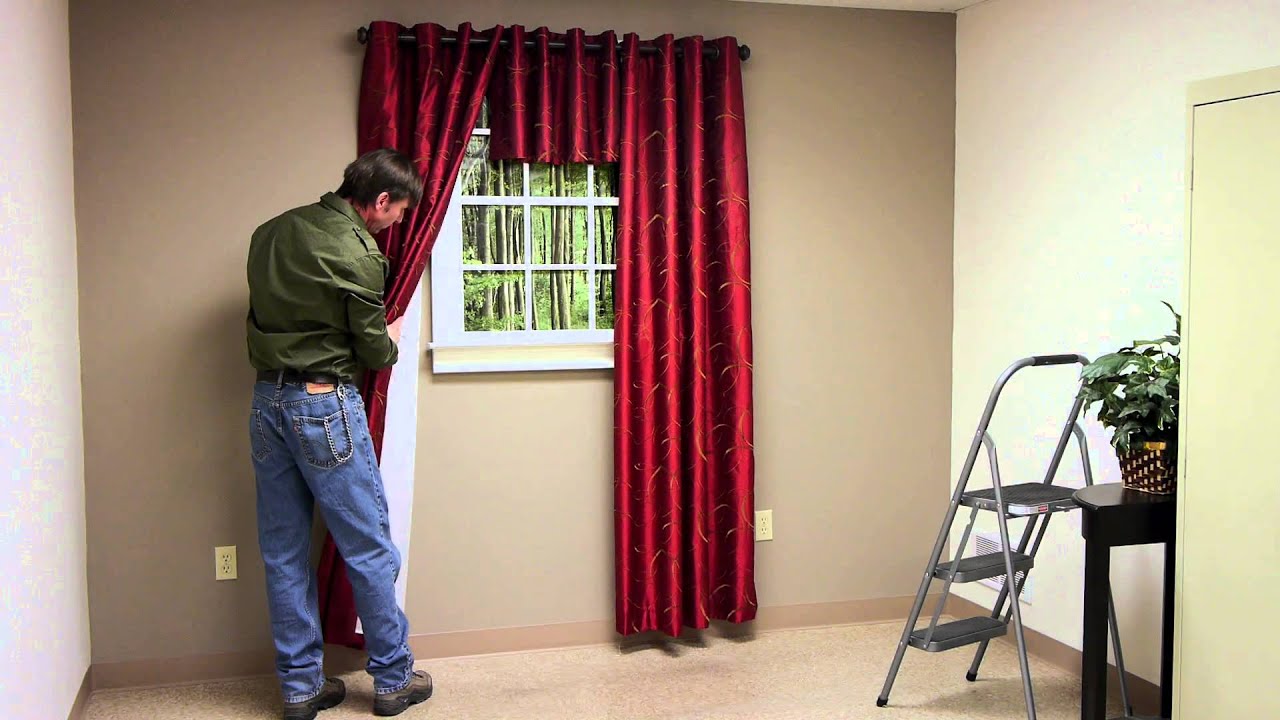
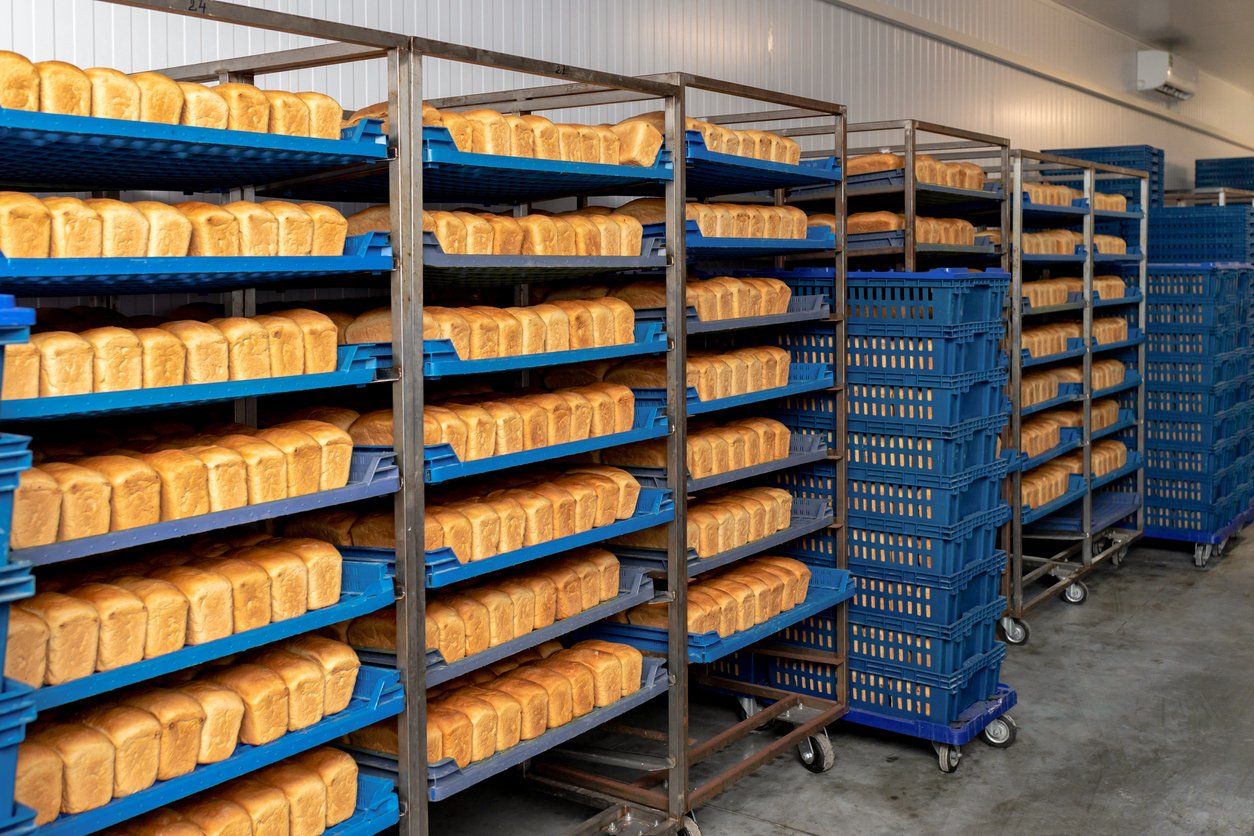
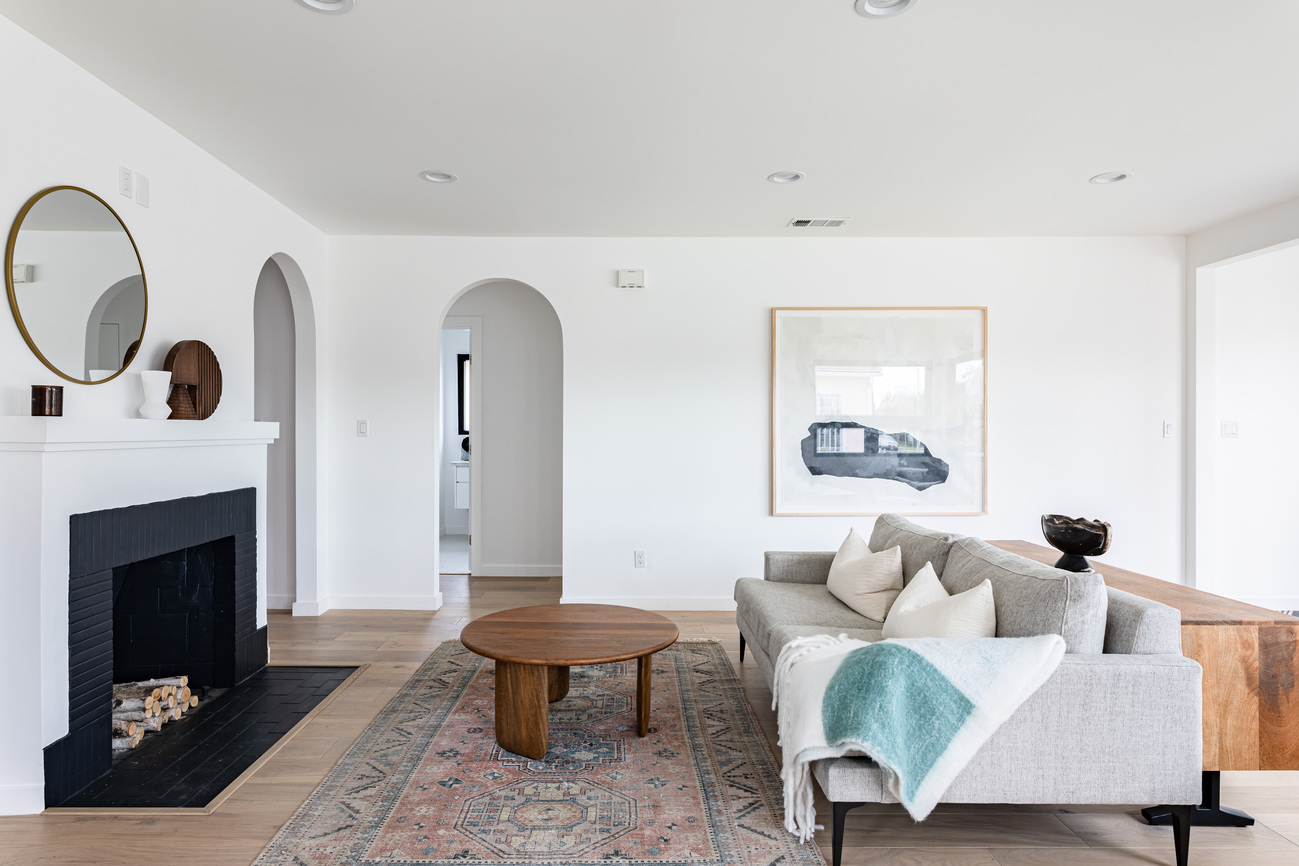

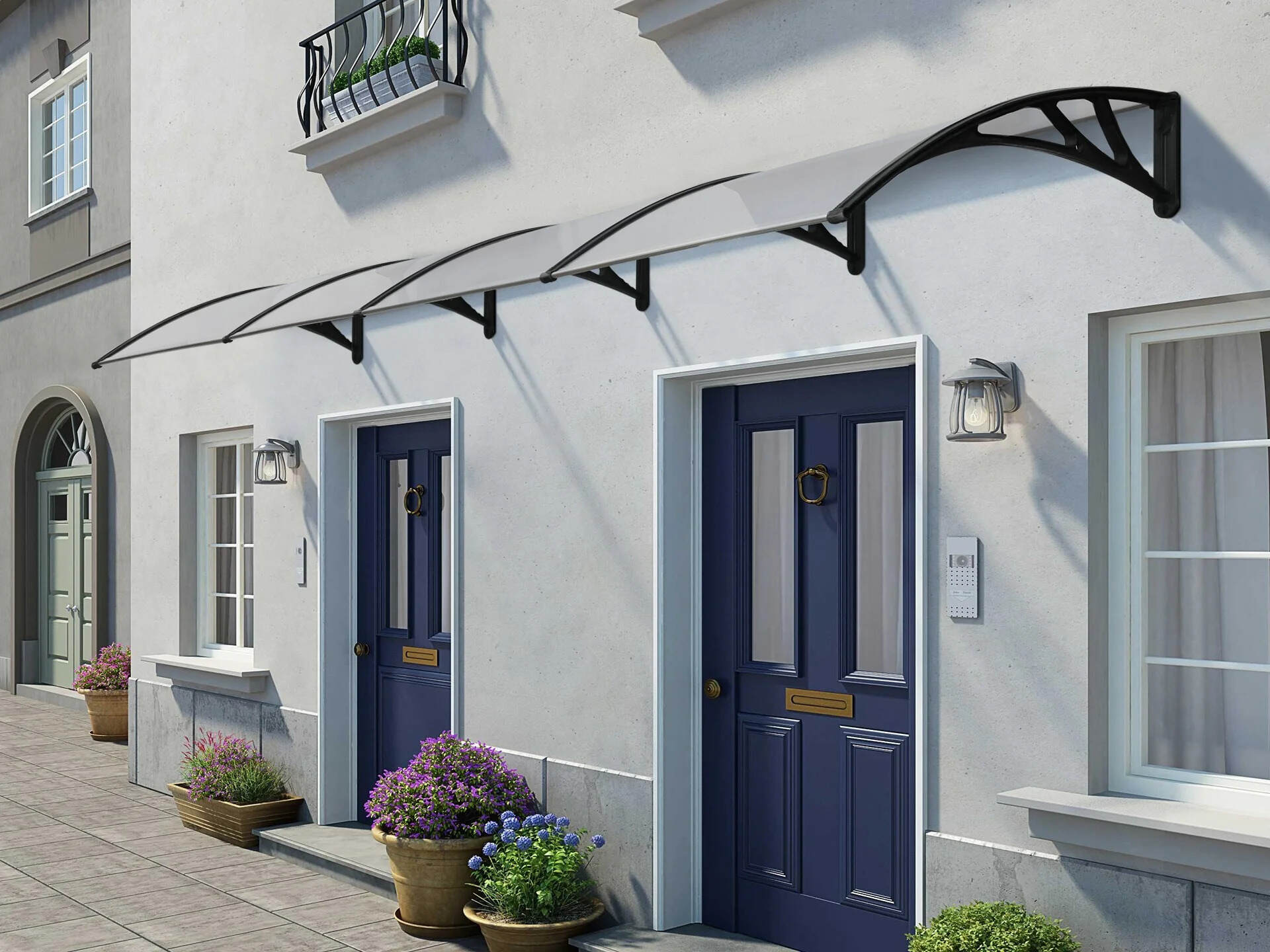
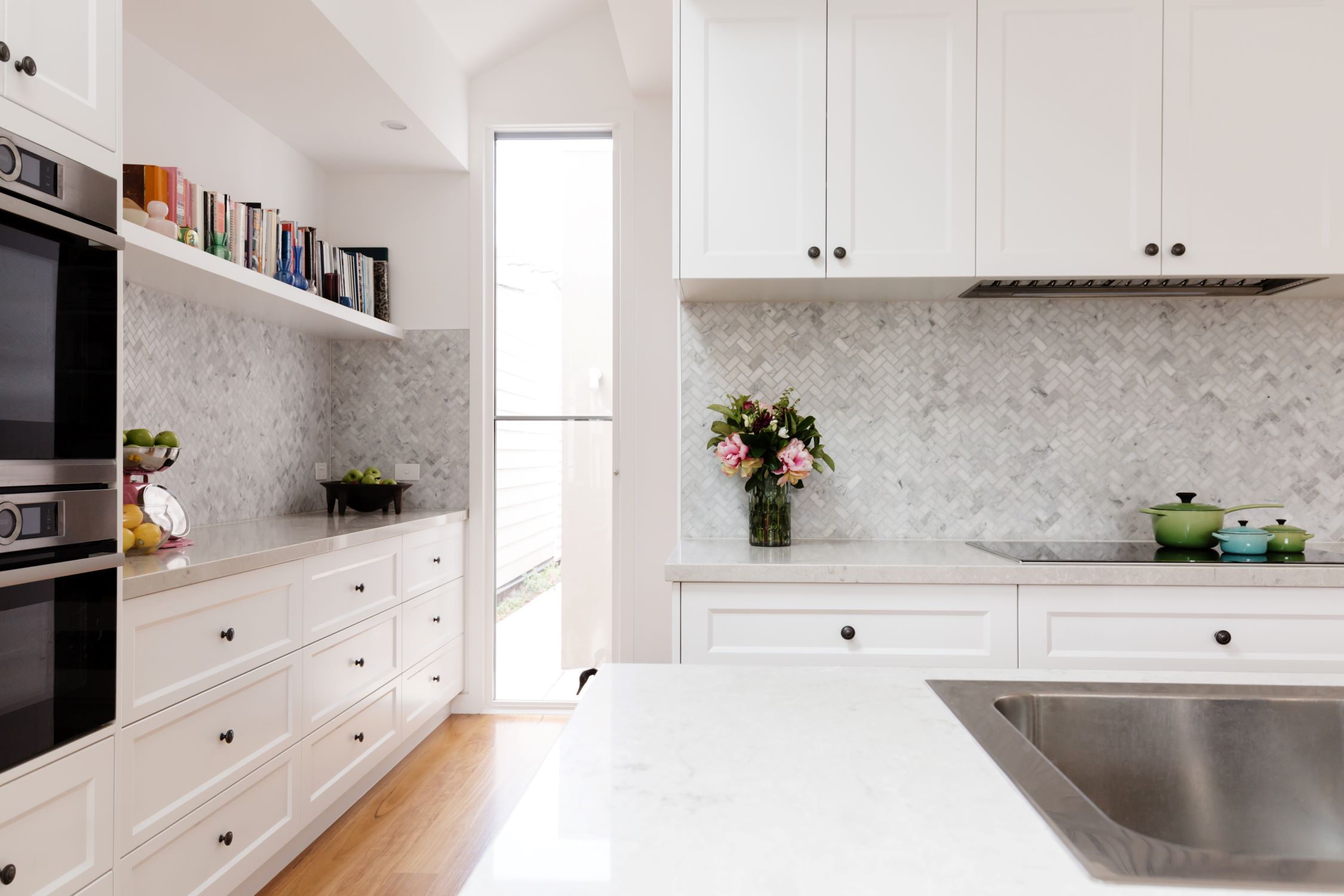

0 thoughts on “How High Should A Linear Fireplace Be Off The Floor”